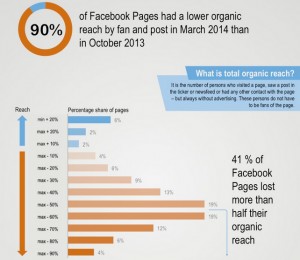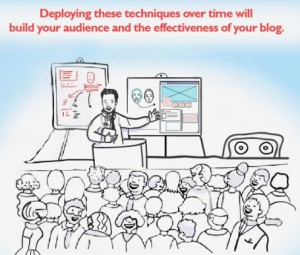We recently consulted with a team that is struggling with low morale. Almost everyone on the team was experiencing low levels of motivation and engagement. To my surprise, however, we found that in this particular case the team’s top performers and most engaged employees had some of the lowest levels of morale.
When you think of an employee who lacks motivation, what attributes come to mind?
• Low productivity: The employee only wants to do the minimum to get the job done
• The employee isn’t happy with his job, the company or his boss
• The employee dreads coming to work and can’t wait to leave
• The employee blames others on the team for the dysfunction
• The employee resents being asked to do more work
• The employee is resistant to change and learning new ways to do things
Your top performers are not the employees that typically come to mind when you consider the list above. We all know that keeping your most engaged employees happy is critical, so we try to keep them motivated, and provide them with the appropriate rewards and recognition for their excellent work.
So what happened to this team? Their Employee Engagement Survey and our team assessment indicated that there was a lack of accountability on the team, and the top performers felt burdened by the unreasonable amount of work they were required to complete. It turns out that the manager of this team had a high need to be liked. Because of this need, he wasn’t comfortable holding all team members accountable for high levels of performance. With the lack of accountability, the manager constantly gave the important projects, as well as any additional work that flowed into the department, to his highest performers because he knew they always got the work done. These top performers were his “go to” people.
Does your organization value all of its employees?
You probably answered that question with something along the lines of, “Yes, our people are our most important asset.”
Now ask yourself, does your organization:
• Reward mediocre employees, poor performers, or those who don’t take the initiative to improve quality or solve problems?
• Distribute bonuses solely based on the number of years of service to your organization?
• Give everyone on your team or in the organization the same percentage of annual salary increase, regardless of performance?
If you truly do value your employees, these questions need to be answered with an emphatic “No.”
Here are 9 tips that will help you ensure that your most productive employees feel adequately supported and appreciated for their excellent work, even if others on the team are struggling with their own levels of motivation and productivity.
Have different levels of rewards for your highest achievers
We are raising a society where everyone wins a trophy. When every employee receives the same reward, or when rewards are not linked directly to performance and results, it is almost guaranteed to result in lower morale.
Recognize your highest achievers
It is not uncommon for high achievers to tell us of their significant accomplishments and then add, “Not once has the CEO or my boss recognized these successes or the value my work brings to the team or the organization.” These high producers are left wondering, “Why should I keep working these long hours if it is not appreciated?”
Say “Thank you.”
Our mother taught us this and as simple as it is, it is often forgotten at work. Thank you can be conveyed in person, by email, a phone call or even a voice message. When it is genuine and heartfelt, it means something.
Be specific
A thank you is nice. A thank you for something that is specific and significant is even better. Instead of telling a team member they do a great job with customers, customize it. You could tell the team member, “I’m really grateful you’re on our team. Ever since you joined us, we haven’t had a single complaint from the Acme Company, our most difficult customer. You’re awesome!”
Define performance standards
The Best of the Best companies are rated 19.2 percentage points higher when it comes to clearly defining what is expected from employees and how the performance will be measured. For employees to hit the goal, they need to be able to clearly see the target.
Hold all team members accountable for high levels of performance
The Best of the Best organizations are better at holding all team members accountable to the set performance standards. When each team member is accountable for their performance, it provides managers with the ability to fairly distribute the workload.
Fairly distribute the work
The employees of the Best of the Best Organizations rate their leaders 22.3 percentage points higher when asked if the workload is fairly distributed in their department.
Coach and counsel low performers
If employees are not meeting expectations, the leader may need to coach, counsel and even train the employee with new skills. If that does not work, get Human Resources involved, and with HR’s step-by-step guidance, share a nonperforming employee with your competitors.
Stay connected
Some managers make a bad habit of spending more time with their low performers because the high performers are on auto pilot. Meet often with your high performers so you know what motivates them and listen to their concerns. Giving time to your top performers directly and indirectly tells them you really care about them as a team member.
To achieve workplace excellence, employees need to feel valued by their leader and organization. In addition to holding all team members accountable for high levels of performance, The Best of the Best companies appropriately reward their high achievers and tell others about their great performance. This results in employees feeling that the talents they bring to work each day are valued, and that they are appreciated as individuals for their unique contributions.
Business & Finance Articles on Business 2 Community(58)
Report Post






